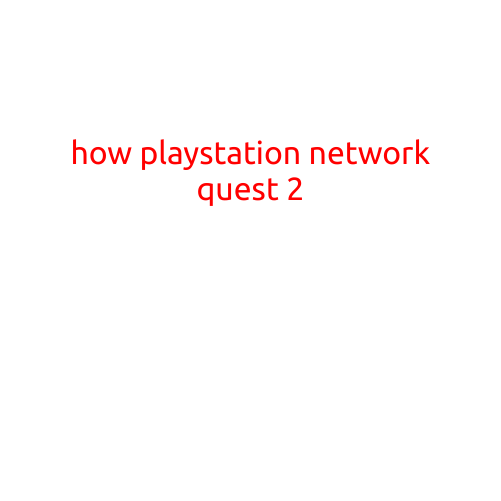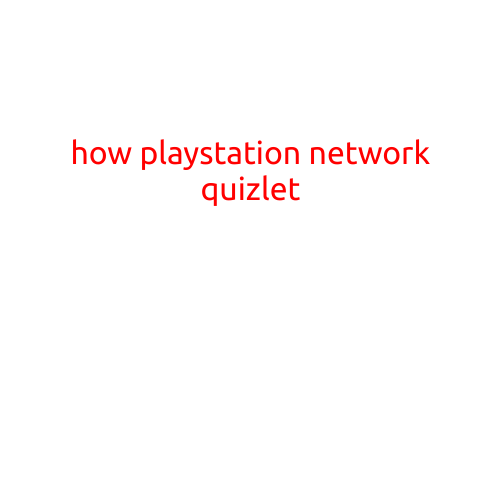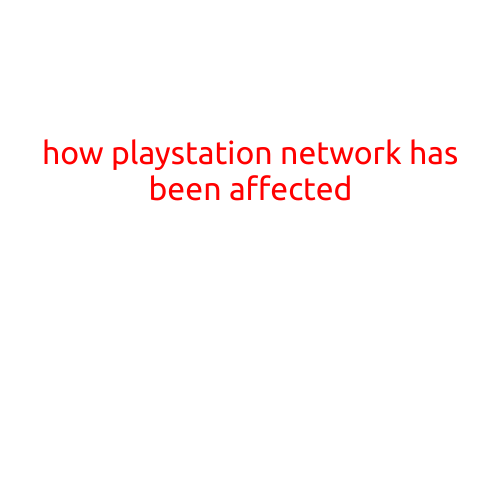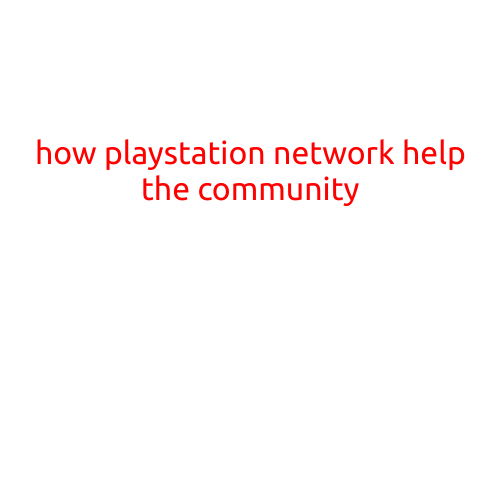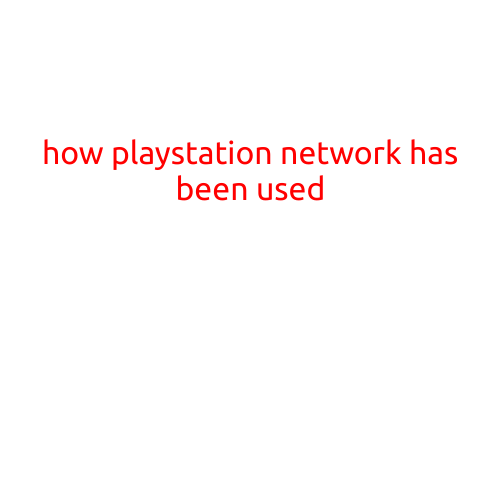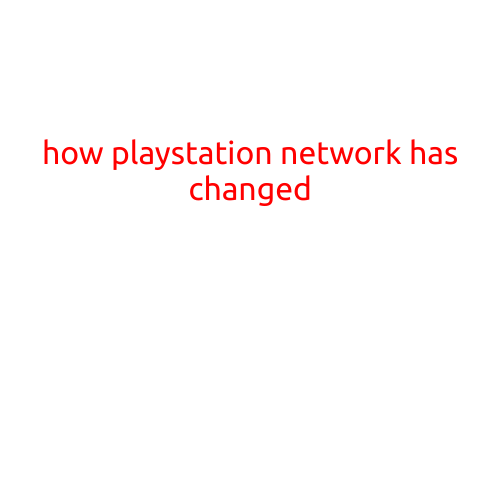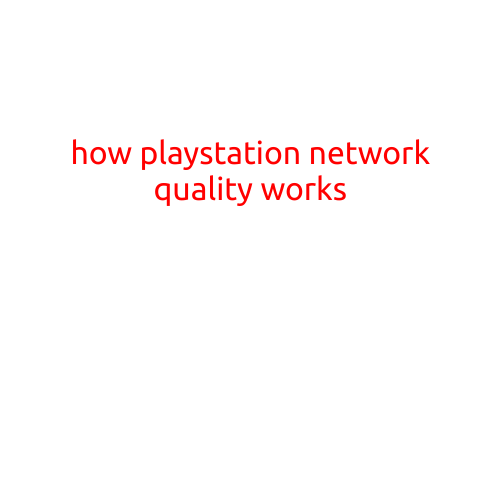
How PlayStation Network Quality Works
As a gamer, there’s nothing more frustrating than encountering lag, disconnections, or poor video quality while playing online. The PlayStation Network (PSN) is a crucial part of the gaming experience, and its quality can make or break your gaming session. In this article, we’ll delve into the inner workings of PSN and explore how it ensures a high-quality gaming experience.
What is the PlayStation Network (PSN)?
The PSN is a massively multiplayer online gaming network developed by Sony Computer Entertainment. It allows players to connect with each other, play games online, and access various entertainment services. The PSN is available on PlayStation consoles, including the PlayStation 4, PlayStation 3, PlayStation Vita, and PlayStation Portable.
How does PSN quality work?
The PSN quality is maintained by a combination of hardware, software, and network architecture. Here are some key components that contribute to a high-quality gaming experience:
- Data Centers: PSN has a global network of data centers, strategically located in various regions around the world. These data centers serve as hubs for storing game data, managing online connections, and processing game traffic.
- Peer-to-Peer (P2P) Networking: P2P networking allows players to connect directly with each other, reducing the load on servers and improving overall performance. This approach also enhances matchmaking, as players can find suitable opponents more easily.
- Server-Client Architecture: PSN employs a server-client architecture, where game servers act as intermediaries between players. This setup enables efficient data transmission, reliable matchmaking, and features like matchmaking and online services.
- Content Delivery Network (CDN): CDN technologies are used to distribute game content, such as game assets, patches, and updates. This ensures that content is delivered quickly and efficiently, reducing lag and delays.
- Network Quality of Service (QoS): PSN’s QoS implementation ensures that each player’s online experience is optimized based on factors like latency, packet loss, and bandwidth usage. This ensures that each player receives a consistent and high-quality gaming experience.
- Firewall and Security: PSN’s firewall and security measures help protect players from external threats, such as hacking and DDoS attacks. This secure environment allows players to focus on gaming without worrying about online safety.
- Network Optimization: PSN’s network optimization techniques, such as packet prioritization and traffic shaping, help alleviate congestion and reduce lag. These techniques also enable efficient use of bandwidth, ensuring that each player receives the necessary resources for a smooth gaming experience.
How does PSN prioritize quality?
PSN prioritizes quality by focusing on the following areas:
- Latency reduction: PSN continuously works to reduce latency, which is critical for real-time gaming applications. This includes optimizing network architecture, improving server responsiveness, and reducing packet latency.
- Network reliability: PSN strives to maintain high network availability, ensuring that players can connect and play without interruptions. This includes implementing redundant systems, backup servers, and failover mechanisms.
- Content delivery: PSN ensures fast and efficient content delivery by using a combination of caching, compression, and content storage solutions.
- Security: PSN maintains a robust security infrastructure, regularly updating and patching systems to prevent vulnerabilities and protect player data.
Conclusion
The PlayStation Network is a complex system that requires continuous optimization and maintenance to ensure a high-quality gaming experience. By understanding the underlying technologies and methodologies that power PSN, gamers can appreciate the efforts made by Sony to provide a seamless and enjoyable online gaming experience.
